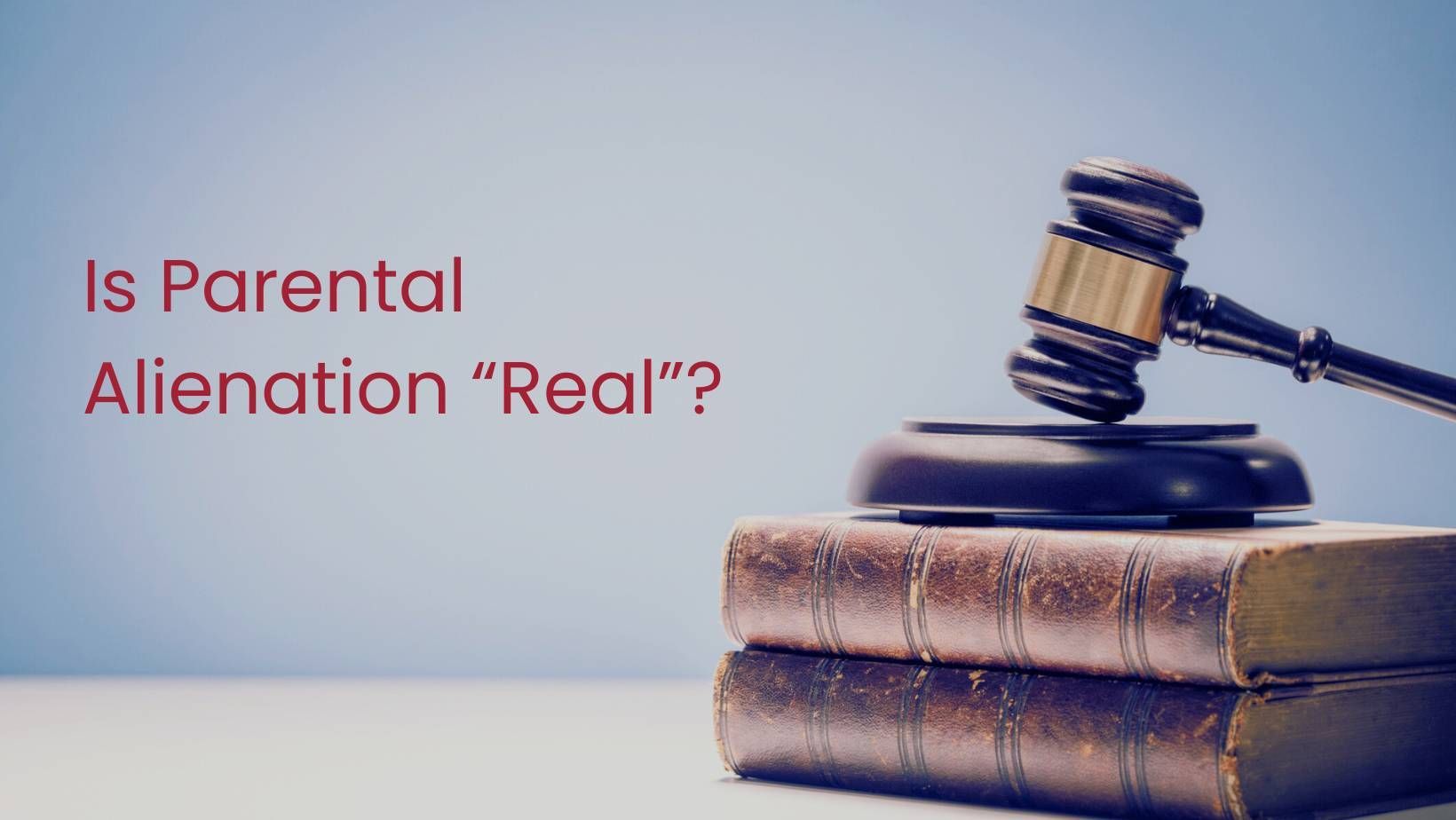“Put It All On The Table”
- By Daniel Gold
- •
- 04 Nov, 2024
- •

Property division is one of the most critical aspects of divorce. In California, property acquired during the marriage is generally presumed to be considered community property with the exceptions noted below. This simply means it’s owned equally by both spouses. Understanding
some basic concepts can help you navigate this process and achieve a fair outcome.
The very first step is to identify all property. Put it
“all on the table”. Don’t get caught up whether its community or separate.
Commonly Divided Assets
Here are some of the assets typically subject to division in a California divorce:
- Real Estate: Homes, rental properties, and vacation homes purchased during the marriage are generally considered community property.
- Vehicles: Any cars, boats, or recreational vehicles acquired during the marriage are divided equally.
- Retirement Accounts: Pensions, 401(k) accounts, and IRAs accumulated during the marriage are considered community property.
- Investments: Stocks, bonds, and mutual funds bought during the marriage are also divided equally.
- Business Interests: If a business was started or developed during the marriage, it may be considered community property, even if one spouse was primarily involved.
The next step is to “characterize” the property as either community property or separate property:
- Community Property:
Community property includes assets and debts acquired during the marriage, regardless of who earned or purchased them. Examples include salaries, real estate, and even debts like credit card balances if accrued during the marriage. Community property is generally divided equally between spouses in a divorce.
- Separate Property: Separate property refers to assets and debts acquired before the marriage or after separation. It also includes gifts and inheritances received by one spouse alone. Separate property is not subject to division in a divorce and remains with the original owner.
Determining Property Value
A critical step to resolving a divorce is to value the property.
To achieve an equal division, each asset must be accurately valued.
In the absence of the parties agreement on values, the common methods for determining the value include appraisals for real estate, market value assessments for vehicles, and financial statements for investment accounts. Proper valuation ensures each party receives their fair share.
Debts and Liabilities
Just as assets are divided, so are debts. This includes credit card balances, mortgages, and loans acquired during the marriage. Each spouse is responsible for half of the community debt, regardless of who originally incurred it. Separate debts, such as those accumulated before the marriage,
or after separation
remain with the original debtor, with certain exceptions for
.
Division Process
Here are the steps to property division
(including debts)
- Identify and Classify Assets and Debts: First, each asset and debt is identified and categorized as either community or separate property.
- Value the Community Property: The next step involves valuing all community property. This step ensures an equal division based on the total value of shared assets and debts.
- Divide the Property Equally: Once valued, the community property is divided equally between spouses. If it’s impractical to split an asset physically, such as a house, one spouse may receive the asset while the other receives assets of comparable value or a buyout.
- Negotiate a Settlement or Go to Trial: If both parties agree on the division terms, they can settle without going to court. If there is a dispute, a judge will make the final decision based on California’s community property laws.
Factors That Can Affect Property Division
- Prenuptial or Postnuptial Agreements: If there is a prenuptial or postnuptial agreement in place, it may specify how property should be divided, potentially overriding community property rules.
- Commingling of Assets: When separate and community assets are mixed, such as using separate funds to make mortgage payments on a jointly-owned home, it can complicate the division process. Courts will trace contributions to the payment source to determine what portion is community or separate property.
- Business Valuation: If one spouse owns a business, it’s essential to conduct a thorough valuation. This ensures a fair division and accounts for the business’s growth during the marriage.
- Hidden Assets: If one spouse is hiding assets, it can impact the division process. Disclosing all assets is legally required, and failure to do so can result in legal consequences.
- Tax Consequences: “Immediate and specific” tax consequences to the parties may impact how assets and debts are allocated when all is said and done.
Conclusion
Property division in divorce can be complex, especially in a community property state like California.
Do not undertake finalizing any property settlement without seeking advice from seasoned family law counsel
Call: 949-756-0684
Email: dgold@tldlaw.com
Disclaimer
This information outlines a few of the concepts that surround property division in divorce in the State of California. It is not intended to be, nor should it be construed as legal advice for any particular situation. Please seek advice from TLD Law or your personal attorney in your state or jurisdiction.

Divorce brings significant changes to your financial situation, and understanding the tax implications is crucial to avoid unexpected liabilities and maximize your financial health. From filing status to the division of assets, knowing how divorce impacts your taxes can help you plan effectively for your post-divorce life.

Grandparents can seek custody or visitation in California, but the process is not straightforward. Courts prioritize the child’s best interests while balancing parental rights, so proving that grandparents’ involvement is necessary requires careful legal navigation. For personalized advice and assistance with grandparents’ rights, contact me for expert guidance.

It is striking how far things have some since I was sworn in as an attorney in 1993. I remember the “dawn” of domestic partnerships in California and its evolution to becoming something akin to marriage “lite”; when many other states, and the Federal government did not choose to give legal recognition to same sex relationships.How far things have come since those early days.







